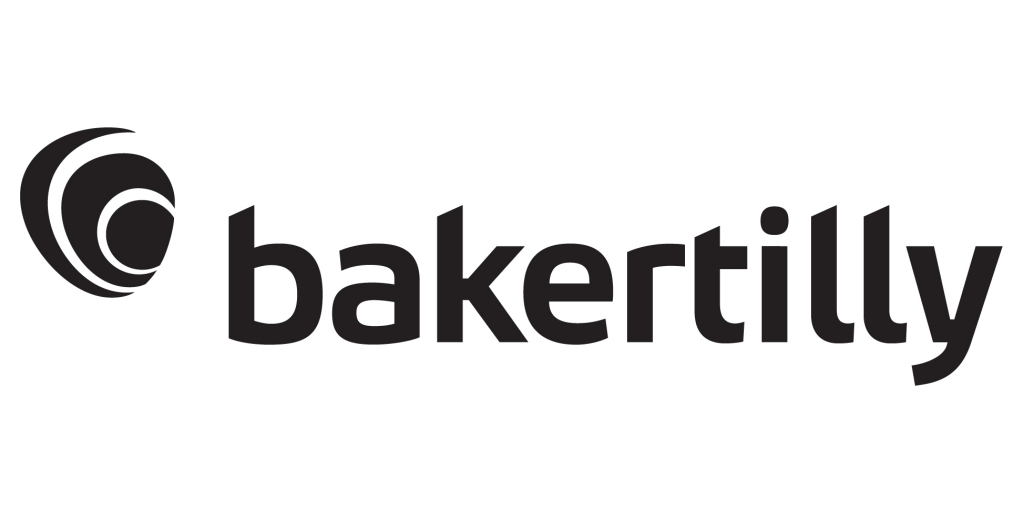Baker Tilly Case Study: University Identifies Future State Strategy With Strategic Planning Workshop
Client background
The client is one of the oldest private universities in the United States, established in the mid-1800s. They have more than 2,000 undergraduate and graduate students and more than 130 staff members.
The business challenge
Due to national demographic shifts and the overall climate in higher education, the client faced declining enrollment and needed assistance establishing a strategic plan and road map for the next several years. The university engaged Baker Tilly to conduct a current state assessment and facilitate executive strategic planning retreats to chart the course for the future.
Strategy and solution
Baker Tilly facilitated several weeks of analysis on the current state environment, prepared the executive leadership team for strategy workshops, executed broad-based organizational surveys, conducted strategic workshops and aligned the president’s council on the five-year strategy. The strategy consisted of five overall strategic goals, which then cascaded into numerous strategic objectives, initiatives and tasks necessary to advance each of the five strategic goals.
In order to analyze the current state environment, Baker Tilly worked with leadership to identify individuals across the institution to provide an appropriate representation of opinions and perspectives regarding challenges and opportunities and the operational health of key functional areas that contribute to overall institutional sustainability. Baker Tilly’s higher education operational framework provided the structure for survey and resulting analysis across six key dimensions: strategic enrollment management, student experience and success, academic portfolio and availability, resource optimization and operational efficiency, fiscal health and operational effectiveness.
To prepare the executive leadership team for the strategy workshops, Baker Tilly provided the team its Path to Sustainability toolkit, co-authored with the National Association of College and University Business Officers (NACUBO) as a primer for strategic conversations. The executive leadership team used these tools to identify institutional myths that commonly permeate campus communities and constrain policy decisions. More importantly, the team was able to contemplate best or good practices that have proven themselves successful in combatting/dispelling these myths and providing actionable ways forward.
Baker Tilly structured and moderated a strategic planning workshop over two days with the executive leadership team, with the objective of identifying tasks the university should focus on to help achieve their organizational goals. These goals include reducing the budget deficit, achieving positive cash flow and envisioning their future state. The workshop drove the identification of six strategic focus areas, detailing the goals/objectives of each and a prioritized set of key initiatives in support of each area.
Specific focus in the resulting strategic plan was afforded to academic innovation in concert with career readiness considerations, collaborating within key regional and national industries and commercial leader relationships to address regional workforce development needs. Overarching emphasis on enhancing the student experience was also considered critical.
Upon completing the work, the university testified that the preparation activities were a critical foundation to ensuring the executive strategic planning retreat achieved its objectives and served as a key differentiator compared to other management consulting firm approaches. As a result, the university appointed an internal leader charged with strategic plan implementation and monitoring.

